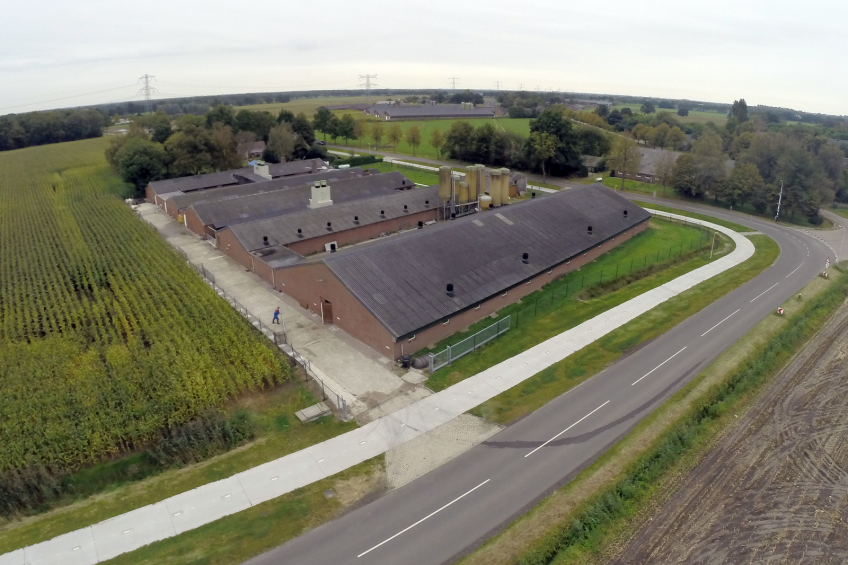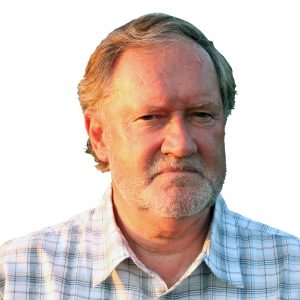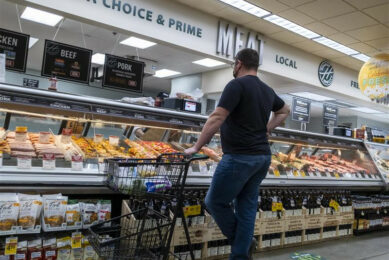The Netherlands: Innovation needed in pig sector

For years, the pig industry in the Netherlands has played an important role in setting new standards for pig production around the globe. Some of this innovative spirit is dearly required to keep the country’s pig industry going in the 21st century. The pig sector is facing many threats simultaneously.
Structural changes are needed to strengthen the position of pig farmers in the Netherlands and to offer all players in the Dutch pig industry, from feed and genetics to retail, a viable future. Of the existing 5,000 pig holders, only some 2,000 can survive. Pig farmers have to start to produce what the market requires, seek more cooperation and enter into contracts with the companies that process their animals and market the meat. This might eventually lead to a reduction of the Dutch pig inventory, although it is not stated as a goal in itself.
Those are the main conclusions of the so-called ‘Action Plan to Revitalise Pig Farming’, put together by a group of experts from the pig industry, the Dutch government and Rabobank under the chairmanship of Prof Dr Uri Rosenthal, a former foreign secretary. For the newly erected ‘Dutch Association of Pig Farmers’ (POV), the aim is to save an industry which has been in crisis for quite some time.
The pig farming sector in the Netherlands employs over 26,000 people, has an annual production value of more than €8 billion and an export value of €5 billion. It is therefore an important economic pillar. In addition, the Netherlands is over 250% self-sufficient for pork and therefore has to export more than half of its production, making the country extra dependent on the economic conditions of foreign markets both in the EU and elsewhere. Over the last few years, the Dutch sector has lost its edge, leading to less profitability, a high debt burden and other problems. The pig sector also blames the government’s gold-plating of EU regulation, in particular for animal welfare and environment. Last but not least, the intensive pig industry produces a large amount of manure which is costly to remove and process.
12.6 million pigs in the Netherlands
The Dutch pig herd at this moment comprises some 12.6 million animals of which over 1.2 million are sows and boars. That number has been stable for a longer period of time now, according to a fact sheet of the Union of Dutch Pig Producers (NVV). However, the number of pig farms has decreased rapidly from over 14,000 in 2000 to just over 5,000 now.
The main reason is a lack of successors, since children of pig farmers like to choose a career outside the sector. Other farms disappear because a planned expansion or modernising of the premises meet too many hurdles or because of financial difficulties. The total number of pigs hasn’t decreased to the same degree, because the surviving farms have more animals, with an average herd size of approximately 2,500 pigs now compared to just 900 in 2000.

Negative return-on-investment
The Action Plan signals that the pig farmer is the only player in the whole chain who has a negative return-on-investment. Implementation of the plan should lead to a yield of 6-8% in 2020: “It’s not a question of: producing more or less, it’s a question of: producing better and differently.”
That means at least four things:
• Better meeting the changing demands of consumers;
• A more sustainable production;
• A solution for the many empty pig houses in the country; and
• Causing less nuisance for the surrounding area, an increasingly difficult problem in a small and densely populated country like the Netherlands.
In order to meet those challenges, pig farmers should first and foremost cooperate more with each other. Again, a suggestion from the Action Plan: “The days of ‘do as you please’ and individualism are over.”
Collectives have to focus on improving their market position, working closely together with other partners in the chain based on existing quality guarantee systems like a Chain Quality System (CQS) called ‘Holland Varken’ (Dutch Pork). To quote the Action Plan: “This will enable them to respond better to consumer demands both in the Netherlands and abroad. Guaranteed quality, diversity, distinctiveness and continuity are the key concepts.”
The Netherlands at a glance
Pig farming in the Netherlands is considered to be one of the most advanced in the world. This is likely because of the fact that on a surface identical to Tennessee (42,000 km²), almost 17 million people as well as over 12,000,000 pigs live. Scarcity of space and a critical population have led to an innovative industry, which steered the country to being amongst the first to discuss themes like antibiotics usage, stocking density, air quality and biosecurity. Animal welfare is also an ongoing topic. Together with welfare organisations, the Dutch livestock chain has set up a quality control system, marking meat in retail shops with 1, 2 or 3 stars, depending on the quality of life an animal had during its life. Premium animal products, be it pork, beef, poultry or eggs, are sold against higher prices.
Processing and adding value
Other cooperative organisations can focus on processing and adding value to manure. The Action Plan states: “It is necessary to significantly lower the marketing costs of manure. Pig farmers must take the lead and aim for complete manure processing.” The report refers to similar developments already taking place in the Dutch poultry sector.
The Action Plan also advises to improve the image of the pig industry. “The sector’s positive features, the safe and innovative production methods, and the quality of Dutch pork will be emphasised in information and promotion campaigns aimed at stakeholders, partners, buyers and end consumers. Dutch pork will be distinctively positioned as a reliable, high-quality product. This will create a more positive image of the sector in general, both among stakeholders and consumers in the Netherlands and abroad.”
This all should lead to a drastic improvement of the financial position for pig farmers. The Action Plan: “Together with the chain partners, a balanced revenue model will be developed whereby customers are prepared to pay a fair price for a good product.”
Funds to assist pig farming
To help the sector to achieve this, a Sustainability and Quality Fund will be set up by Rabobank and the POV. This fund will enable pig farmers to finance changes to their production methods.
Rabobank and POV will also start a so-called ‘Pig Production Revitalisation Company’, which will be open for other parties to join. Its task is to assist owners of viable companies to further develop their business but also to close down businesses with poor future prospects.











